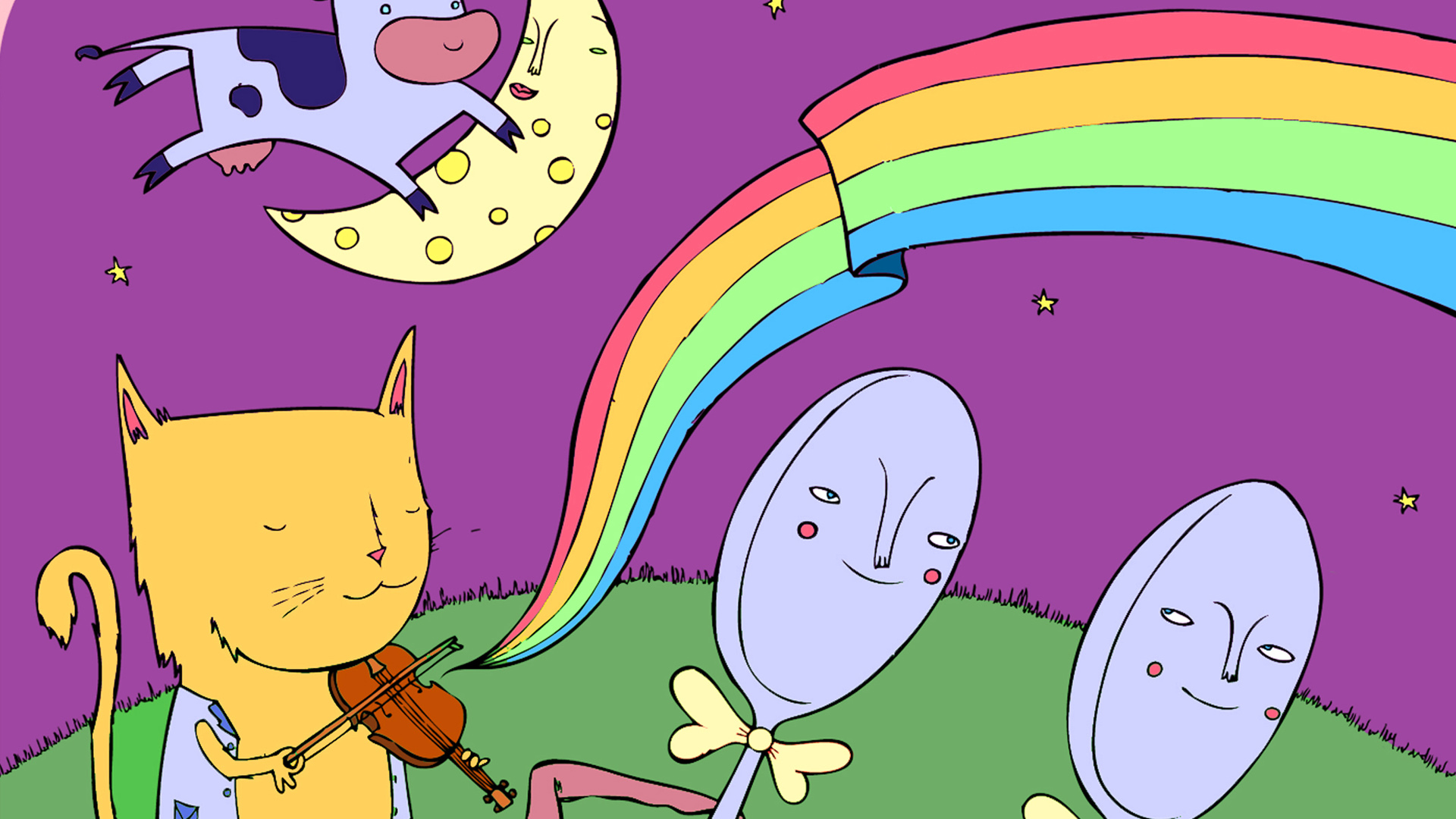by Marsha
Human Connection Blog
June 11, 2012
Each May and June in the United States, we celebrate Mother’s Day and
Father’s Day. Moms usually receive pretty, smelly, “girly” stuff, and
dad’s get yet another manly tie, cologne, or something to BBQ. Just one
of the countless ways we perpetuate the stereotypes and biases about
what women and men are supposed to like and be like. And our media,
marketing, language, and culture about these expectations and
assumptions filter down to the youngest of us.
Research shows
that even young children can quickly fall into these sex-based
stereotypes and prejudices. In honor of celebrating our gender
diversity, here are twelve children’s picture books that challenge
traditional gender roles.
1. Ballerino Nate
by Kimberly Brubaker Bradley. 2006. (32 pgs) PreK-2.
When Nate
discovers dance, he knows he’s found his passion, but his brother’s
assertion that “boys don’t dance” causes him to have doubts.
2. Sometimes the Spoon Runs Away with Another Spoon Coloring Book by
Jacinta Bunnell. 2010. (40 pgs) PreK-2.
While actually a coloring
book, the diversity of interests by these characters (such as the prince
who wants glass slippers) is perfect for celebrating and exploring
gender variety.
3. The Basket Ball by Esme Raji
Codell. 2011. (32 pgs) Pre-K-2.
When the boys won’t let Lulu join their
school-yard basketball team, she hosts a “Basket Ball” where girls from
all over trade-in ball gowns for b-ball gear & show off their
stuff.
4. Oliver Button is a Sissy by Tomie
dePaola. 1979. (48 pgs) Pre-K-3.
Oliver has to deal with classmates who
harass him because he prefers activities like painting, reading, and
dancing, instead of playing sports.
5. 10,000 Dresses by
Marcus Ewert. 2008. (32 pgs) Gr. 1-5.
Every night, Bailey dreams about
dresses. But in the daytime, his parents tell him he shouldn’t be
thinking about dresses because “You’re a boy!” Then Bailey meets someone
who is inspired by his passion.
6. The Sissy Duckling
by Harvey Fierstein. 2002. (40 pgs) Gr. K-3.
Because Elmer has
different interests than the other male ducks, they taunt him and call
him a sissy. When Elmer saves his Papa, the other ducks come to realize
that Elmer’s specialness is something to celebrate.
7. The Princess Knight
by Cornelia Funke. 2001. (32 pgs) Gr. Pre-K-3.
King Wilfred teaches
his daughter the same knightly skills he taught his sons. But when she
turns sixteen, the King insists on a joust, the winner of which will win
Violetta’s hand in marriage. Violetta has other plans.
8. Elena’s Serenade by
Campbell Geeslin. 2004. (40 pgs) Gr. K-4.
A young girl in Mexico wants
to be like her papa and become a glassblower, but such things are
traditionally only for boys.
9. I Look Like a Girl by Shelia Hamanaka. 1999. (32 pgs) Gr. K-3.
Each girl imagines herself a wild animal and dreams about what she can be.
10. My Princess Boy by
Cheryl Kilodavis. 2010. (32 pgs) Gr. PreK-3.
Dyson loves pink, dresses
& his tiara. He also likes to climb trees. He’s a Princess Boy, and
his family loves him exactly as he is.
11. The Paperbag Princess by
Robert Munsch. 1992. (32 pgs) Gr. Pre-K-3.
Princess Elizabeth rescues
her prince, who has been nabbed by a dragon, only to discover she’s
better off without him.
12. William’s Doll by
Charlotte Zolotow. 1985. (32 pgs) Gr. Pre-K-3.
William doesn’t want the
train or basketball his dad gives him. He deeply wants a doll. No one
understands—some even call him a sissy—until his grandmother steps in.






